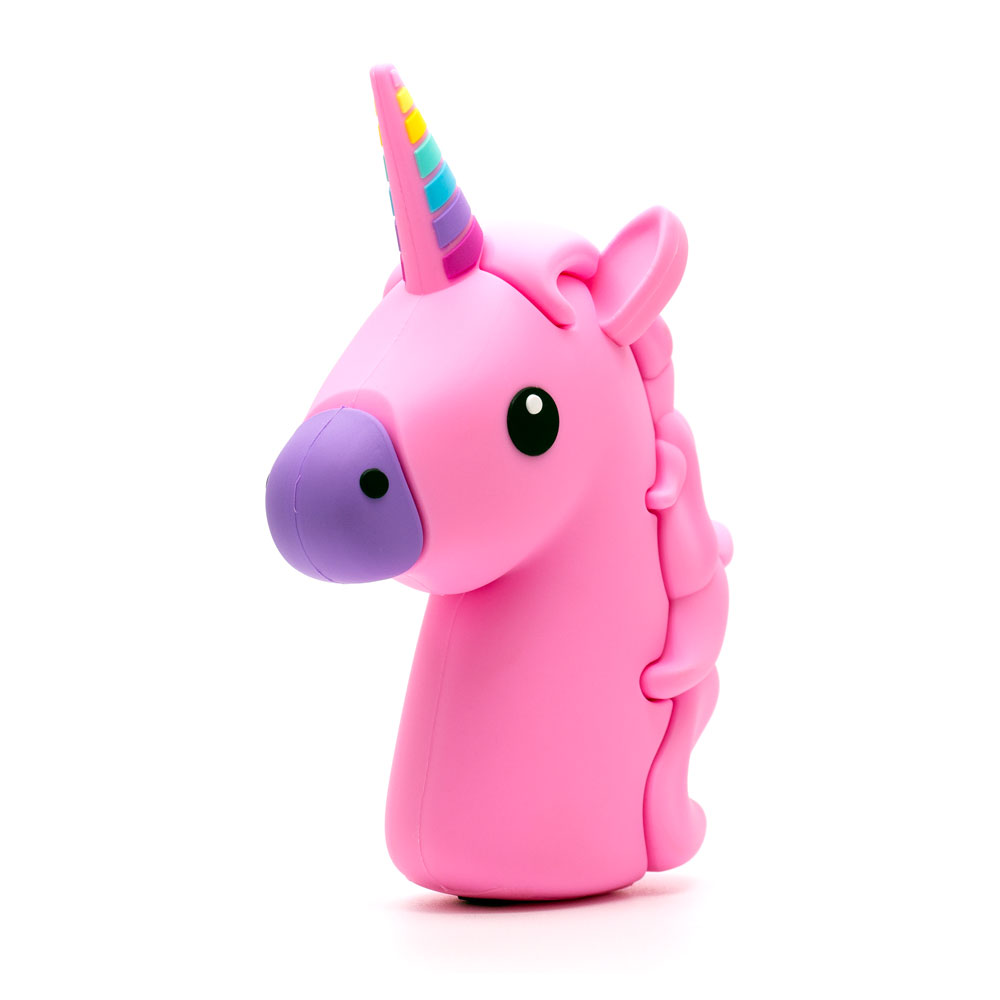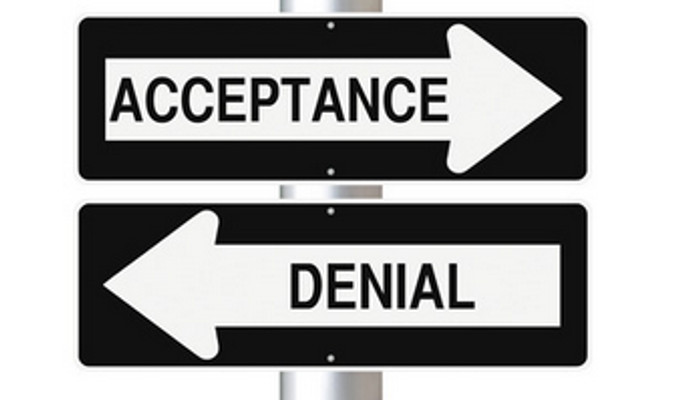Addictive Behaviors (Yes, Mary Kay)
Written by Lazy Gardens
Could Mary Kay become an addiction for some? Yes. Here are some of the signs.
The term “addiction” was previously applied exclusively to chemicals such as alcohol, drugs, or nicotine. With recent research on the brain and its processes, we now understand that many behaviors can become as chemically addictive as a substance. While it may appear that addictions are solely pleasure-seeking behaviors, the roots of addiction can also be traced to a wish to suppress or avoid some kind of emotional pain. Believe it or not, Mary Kay Cosmetics can be a powerful, powerful addiction for some.
In the broadest sense, addictive or pathological behavior is behavior which causes disruptions in any major area of life: psychological, physical, social or vocational. Compulsive behavior can be categorized into two types: action and escape.
In action compulsions, the addict is addicted to the thrill as his or her “substance of choice,” much in the same way that a cocaine addict is hooked on cocaine. The action becomes the drug. Action gamblers typically engage in games with other players, since part of the adrenaline rush is in the appearance or identity as a “winner.”
Escape behavior occurs when the person seeks to blot out some discomforting feelings or emotional life crisis. The action is secondary to the numbing effect of the activity.
What are the signs and symptoms of addiction?
The American Psychological Association reports ten diagnostic criteria for determining the extent of behavioral addiction. These criteria are:
Preoccupation: Preoccupied with the activity (e.g., preoccupied with reliving past experiences, planning the next venture, or thinking of ways to get money to do it more)
Tolerance: Needs to risk increasing amounts of money, or increase participation in order to achieve the desired excitement
Withdrawal: Is restless or irritable when attempting to cut down or stop the activity
Escape: Uses the activity as a way of escaping from problems or relieving dysphoric mood (e.g., feelings of helplessness, guilt, anxiety or depression)
Chasing: After losing money at the activity, often returns another day in order to get even (“chasing one’s losses”). Chasing is a classical behavior pattern characterizing pathological behavior.
Lying: Lies to family members, therapists or others to conceal the extent of involvement with the activity
Illegal acts: Has committed illegal acts (e.g., forgery, fraud, theft or embezzlement) in order to finance the activity
Risked significant relationship: Has jeopardized or lost a significant relationship, job or educational or career opportunity because of the activity
Bailout: Has relied on others to provide money to relieve a desperate financial situation caused by the activity
Loss of control: Has made repeated unsuccessful efforts to control, cut back or stop the activity
Five or more of these signs = pathological involvement in the activity
Three or four = problem with the activity
One or two = “at risk”





 Visit the
Visit the
Oh yeah!!!!!! I kmow someone who’s in it bad!!!!!! Put her down for more than five signs she’s addicted!!!!!! i think the only way she’ll get out, is if she quits it cold turkey style!!!!!! she’s addicted to it more than she was smoking!!!!!